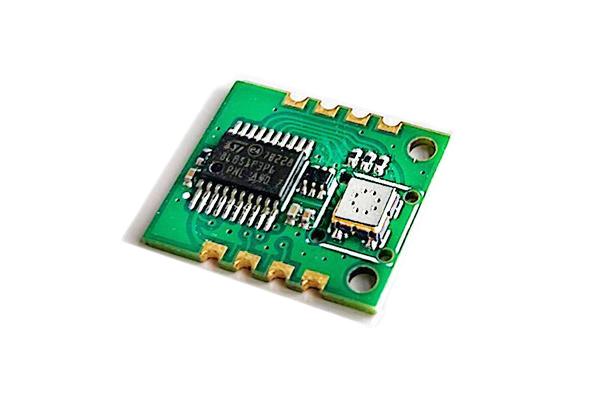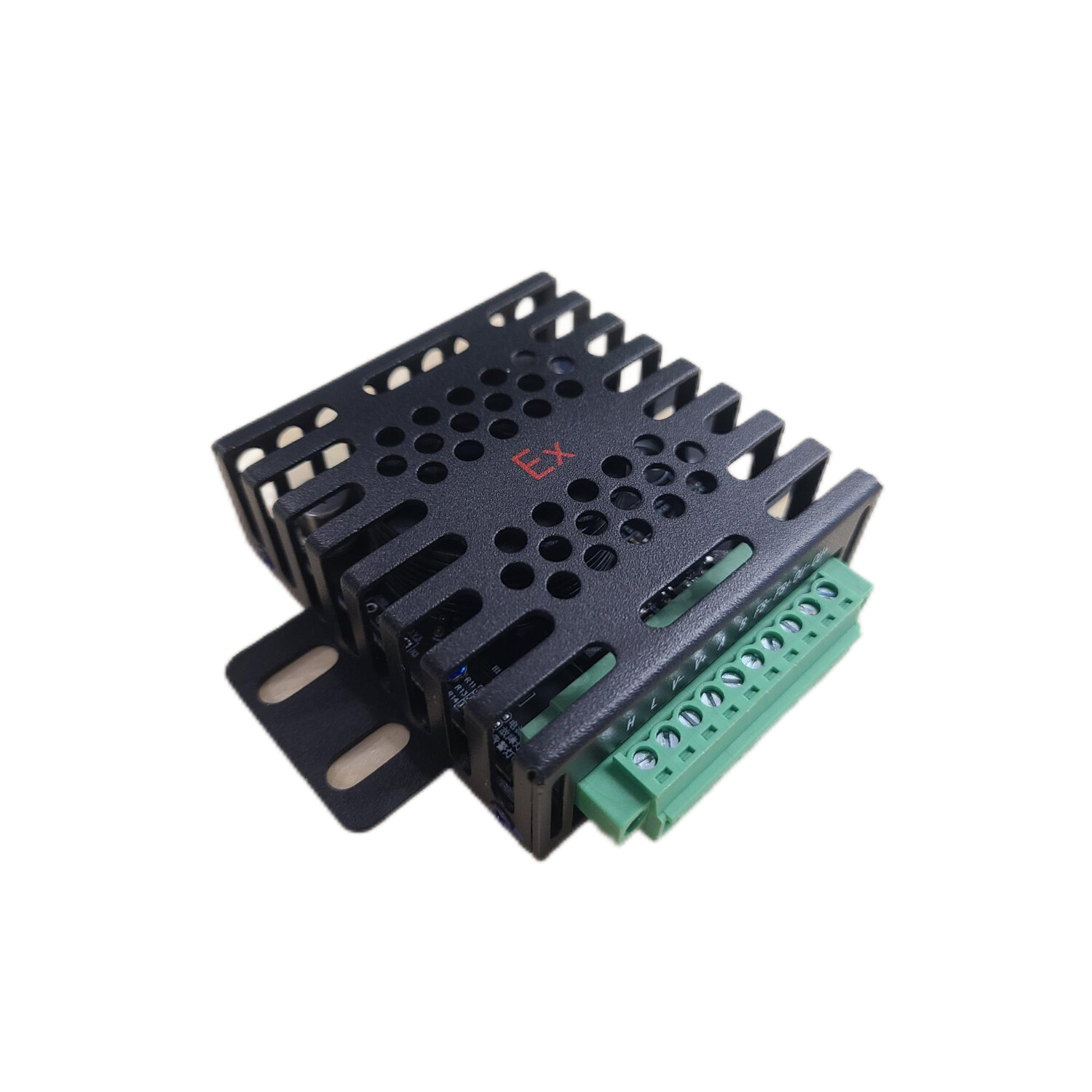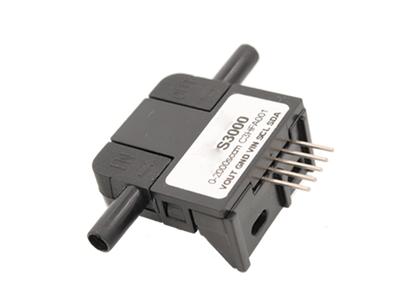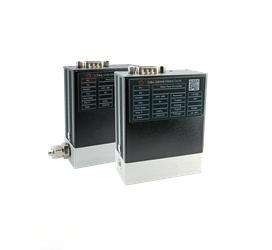MEMS (Micro-Electro-Mechanical Systems) technology involves the integration of mechanical elements, sensors, actuators, and electronics on a common silicon substrate through microfabrication technology. It combines traditional semiconductor processes such as lithography, etching, and deposition with micromachining techniques to create miniature devices. Here's a deeper look into MEMS technology:
Key Components of MEMS
Sensors:
- Detect changes in the environment such as pressure, temperature, motion, and chemical composition.
- Examples include accelerometers, gyroscopes, pressure sensors, and chemical sensors.
Actuators:
- Convert electrical signals into mechanical movement or other forms of output.
- Examples include microvalves, micropumps, and micromirrors.
Mechanical Structures:
- Tiny moving parts such as gears, levers, springs, and diaphragms that interact with the physical world.
Electronic Circuits:
- Control and process signals from sensors and actuators.
- Often integrated on the same chip or closely coupled with MEMS devices.
Fabrication Techniques
Bulk Micromachining:
- Involves etching away parts of a silicon wafer to create structures.
- Can create deep cavities and channels.
Surface Micromachining:
- Adds and etches thin films on the surface of a silicon wafer to build up structures.
- Used to create finer, more intricate structures.
LIGA (Lithographie, Galvanoformung, Abformung):
- Combines lithography, electroplating, and molding to produce high-aspect-ratio structures.
DRIE (Deep Reactive Ion Etching):
- A highly anisotropic etching process used to create deep, straight-sided features.
Applications of MEMS Technology
Automotive:
- Airbag sensors (accelerometers)
- Tire pressure monitoring systems (TPMS)
- Inertial measurement units (IMUs) for stability control
Consumer Electronics:
- Smartphones and tablets (accelerometers, gyroscopes, microphones)
- Wearable devices (activity trackers, health monitors)
Medical Devices:
- Implantable sensors and drug delivery systems
- Lab-on-a-chip devices for diagnostics
- Microfluidic devices for handling small fluid volumes
Industrial:
- Pressure sensors and flow sensors
- Vibration and tilt sensors for machinery monitoring
- Microvalves and micropumps for precision fluid control
Aerospace and Defense:
- Navigation systems (gyroscopes and accelerometers)
- Environmental sensors for monitoring pressure, temperature, and humidity
- Micro-thrusters and actuators for satellite control
Communications:
- RF MEMS for tuning circuits and filters in wireless communication devices
- Optical MEMS for data transmission in fiber-optic networks
Advantages of MEMS Technology
Miniaturization:
- Allows for the development of compact, lightweight devices with reduced power consumption.
Integration:
- Combines multiple functions (sensing, actuation, signal processing) on a single chip, leading to cost-effective and reliable solutions.
Precision and Performance:
- High precision and performance due to advanced microfabrication techniques.
Mass Production:
- MEMS devices can be mass-produced using semiconductor manufacturing processes, leading to economies of scale and lower costs.
Challenges in MEMS Technology
Fabrication Complexity:
- High precision and intricate designs require sophisticated fabrication processes.
Reliability and Durability:
- Ensuring the reliability and longevity of MEMS devices, especially in harsh environments.
Packaging and Integration:
- Protecting delicate MEMS structures during packaging and ensuring seamless integration with electronic systems.
Standardization:
- Lack of standardization in MEMS design and fabrication can lead to compatibility issues.
MEMS technology is a key enabler for the advancement of numerous fields, providing innovative solutions for sensing, actuation, and integration in a wide range of applications.
LATEST NEWS
ONLINE CONSULTATION
For inquiries about our products or pricelist, please leave your email to us and we will be in touch within 24 hours.
GOT ANY QUESTIONS
If you have something on your mind, just let us know!
We are more than happy to answer all your inquiries.

For inquiries about our products or pricelist, please leave your email to us and we will be in touch within 24 hours.
Add: No.9999 Jingshi Road, Lixia District, Jinan City, Shandong Province, China
USA Research Center
Add:2455 South Rd, Poughkeepsie, NY 12601 USA
By clicking "Allow All", you agree to the storage of cookies on your device to enhance site navigation, analyze site usage and assist with our marketing efforts. Cookie Notice




